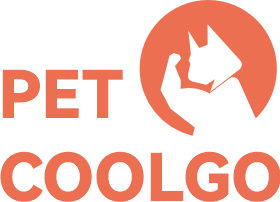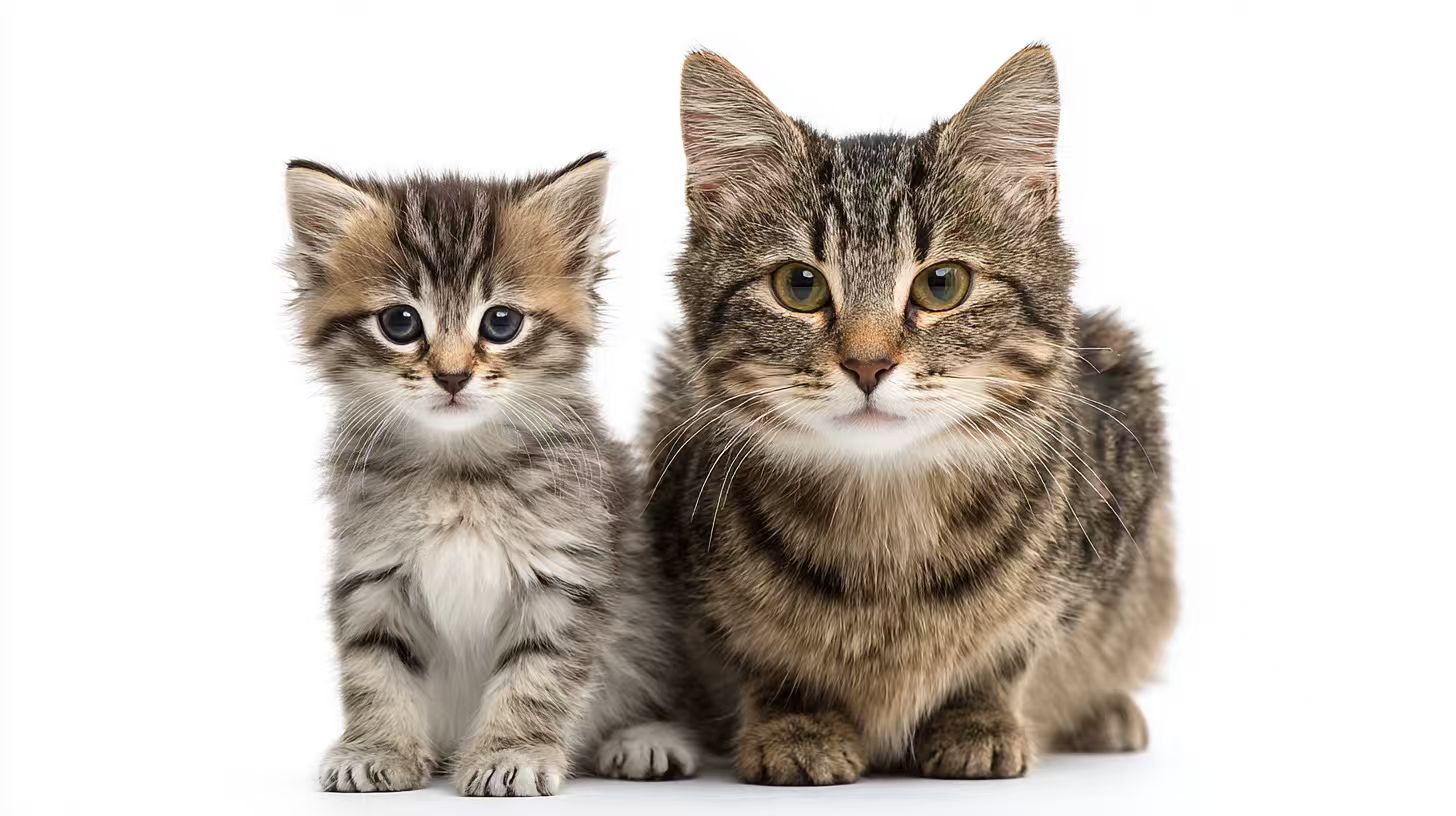Sharing outdoor trips with our pets, like a long hike or a camping weekend, is a great way to bond. When we get ready for these trips, we pack special gear and high-energy snacks for ourselves. It’s just as important to do the same for our pets. Feeding a pet away from home has its own challenges that are more than just putting food in a bowl. The right outdoor-friendly food must be easy to carry, strong, and full of the right nutrition. This guide will look at the details people often miss, like kibble size and density, to help you choose the best food for your adventurous pet.
Why Outdoor-Friendly Pet Food Matters for Dogs and Cats
When you're packing for a trip, every bit of space and weight in your bag is important. The food you bring for your pet needs to be easy for you to handle and have the right nutrition for them. Normal pet food isn't always good enough. Outdoor-friendly food is made to handle the needs of an active life away from home.
Being easy to carry is the most obvious thing. Dry kibble is the clear winner over wet food because it is light and easy to store. The right kibble also must be strong enough to be shaken around in a backpack without breaking into power. Most importantly, active pets burn a lot more calories than they do at home. Their food needs to be packed with energy to help them with all that activity, fixing their muscles, and controlling their body temperature. This is very true when choosing food for an active dog.
It is also good to remember that cats must eat meat and need even more protein than dogs. Their outdoor food must be very full of animal-based food to support their special bodies.
Understand Kibble Size and Its Impact on Pets
The size of a piece of kibble might seem like a small thing, but it has a big effect on your pet's health and comfort, especially when they are eating in a new outdoor place. Choosing the right size makes sure they chew right, helps with digestion, and can even stop them from choking.
For Small Breeds and Cats
A small dog or a cat has a small mouth. Kibble that is too big can be hard for them to pick up, chew, and swallow. If they have to struggle with big pieces, they might swallow the kibble whole, which can upset their stomach. In the worst case, it can be a risk of choking. A smaller, bite-sized kibble is needed for their safety and comfort.
For Large Breeds
On the other hand, a large dog that is given a very small kibble might not chew at all and just swallow their food whole. This can lead to gas and can cause a serious problem called bloat. A bigger kibble makes big dogs slow down and chew their food. This chewing also helps their teeth by scraping away plaque.
Kibble Size and Outdoor Practicality
To be practical on the trail, size is also important. Very small kibble, while lighter for the same amount, can be spilled and lost easily on the ground. A bigger kibble is often easier for a pet owner to handle, especially if you are giving your dog a few pieces as a quick energy treat during a break.
The Role of Kibble Density in Nutrition and Portability
Besides size, the density of the kibble is a very important factor for any outdoor-friendly pet food. Kibble density just means how much nutrition—like calories, protein, and fat—is in each piece. A dense food gives more energy in a smaller amount of food.

The Portability Advantage
This is the most important idea for packing light. A dense food means you can carry less food to give the same amount of energy. For example, a dense dog food for active dogs might have 500 calories per cup, but a normal, lighter kibble might only have 350. To give your dog 1,000 calories, you would only need to pack two cups of the dense food, instead of almost three cups of the normal food. This saves space and weight in your pack.
Fueling the Active Animal
An active pet's body needs good fuel. A dense kibble is usually made by using more protein and fat and less light fillers like corn or wheat. This is exactly what an active animal needs. A high protein dog food for active dogs gives the amino acids they need to fix their muscles after a long day of playing. Fat is a strong source of energy that gives them the long-lasting energy they need. So, a dense kibble is a food made for performance.
How to Choose the Best Kibble for Outdoor Feeding

Now that you understand size and density, you can make a smart choice when picking a food for your next trip. Don't just look at the ads on the front of the bag. Instead, focus on these key things.
- Read the Ingredients List: Good ingredients are the start of any good pet food. Look for a food where a good, named animal protein (like "deboned chicken" or "salmon meal") is the very first ingredient. This makes sure the protein is easy to digest and right for a meat-eater.
- Check the Caloric Content (kcal/cup): This number is usually on the side or back of the bag. It is a straight measure of the food's density. For an active dog food, look for a higher number, usually over 400 kcal/cup.
- Look at the Kibble: If you can, look at the kibble. Is the size right for your pet? Does it feel solid and a little oily, which shows it has healthy fats, instead of feeling light and full of air? It should be hard enough that it won't crumble easily in your pack.
- Choose an "Active" or "Performance" Formula: Pet food companies make these diets with the right mix of protein and fat to meet the needs of athletic animals. Choosing a food with "dog food for active dogs" on the label is a great place to start.
Additional Tips for Feeding Pets Outdoors
Getting the correct kibble is first and foremost. Following some useful guidelines for feeding your pet during a trip will ensure your pet is safe, healthy, and full of life.
- Proper Storage and P acking: Don't just shove kibble into a plastic bag. Get a waterproof and airtight container. This will prevent rainwater from getting inside it, will keep it fresh, and will prevent wildlife from being drawn to your campsite by its smell.
- Hydration is Key: Remember that pet animals consuming dry food will need proper water intake to achieve proper hydration. This is especially crucial when they are active as well. Always carry extra water beyond what you think you will need for your pet, and offer it to them at regular intervals.
- Timing of Meals: Never give a large meal to your dog prior to or after strenuous exercise. This can cause bloat, which is a very dangerous condition. Small meals at least an hour prior to activity are best, or you can supply them with small high-energy snacks during transport.
- Leave No Trace: Stick to being outdoors etiquette. Never abandon pet food left uneaten on the ground. It is bad for wildlife and can disturb the natural world. Pack out all that you pack in.
Keeping Dogs and Cats Healthy on Every Adventure
Selecting the optimal food for your outdoor adventures is a major component of being a good and prepared pet owner. High protein pet food ensures your pet has the nutrition it needs to perform its best and remain healthy out on the trail. By considering kibble size for comfort and safety with your pet, and kibble density for added energy and pack efficiency, you are selecting more than a label. You are opting for a smart selection that makes the outdoor adventure optimal for you and your pet. A well-nourished pet is a happy and vibrant companion to any adventure.




Leave a comment
All comments are moderated before being published.
This site is protected by hCaptcha and the hCaptcha Privacy Policy and Terms of Service apply.